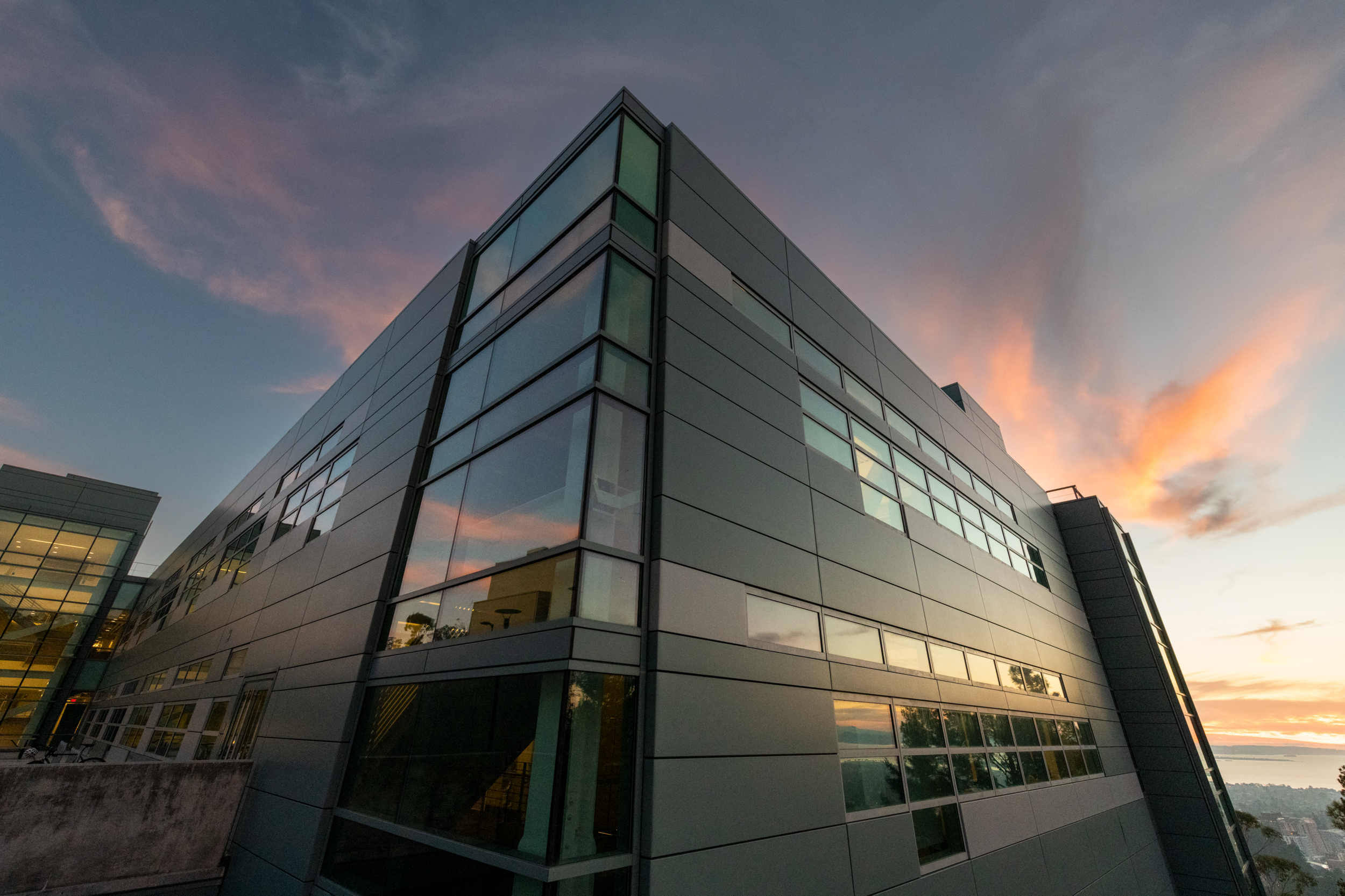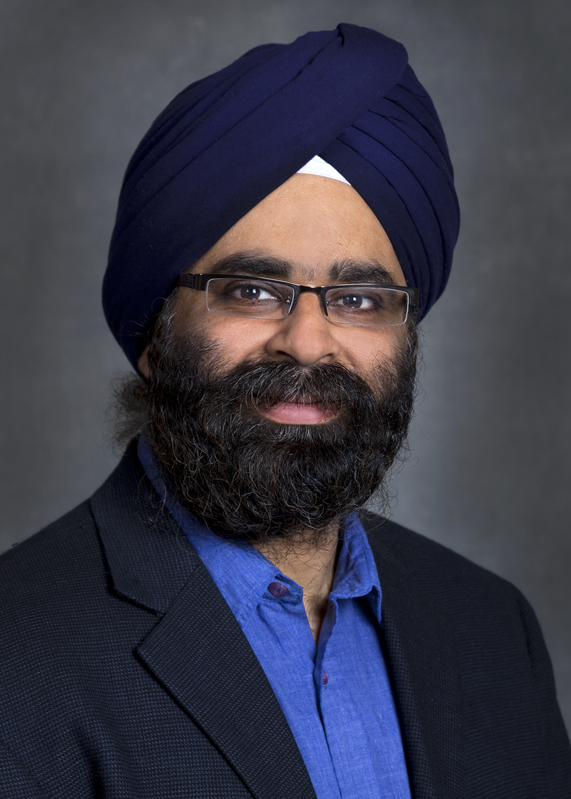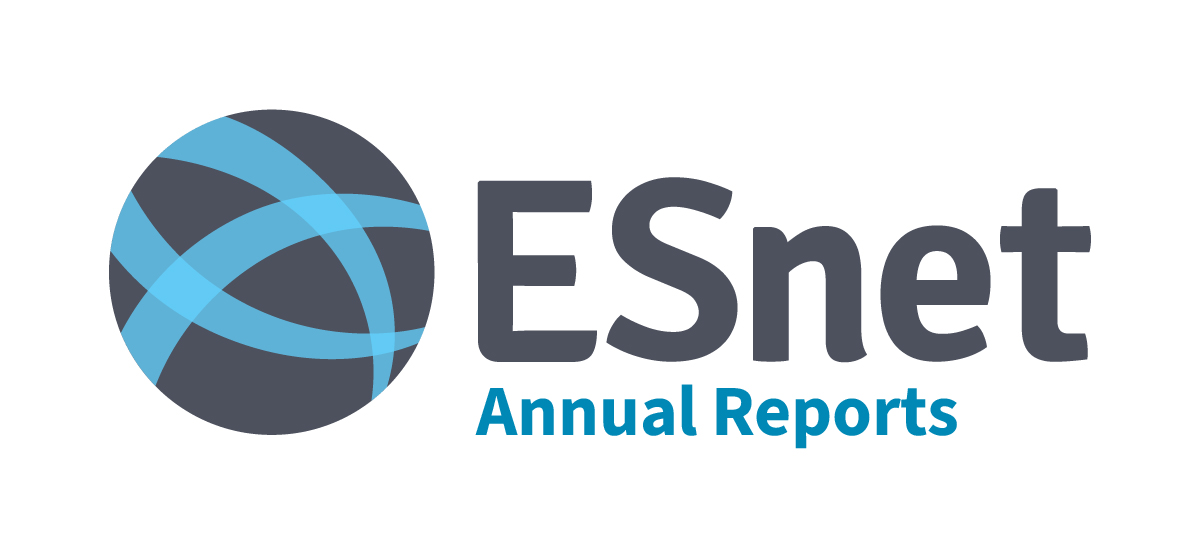
Director’s Note from Inder Monga

What a year 2022 was for ESnet!
Since 1986, the eponymous network operated by ESnet and headquartered at Lawrence Berkeley National Laboratory has served as the data circulatory system for the Department of Energy, linking all of the DOE’s national laboratories, premier scientific instruments, and supercomputing centers, and tens of thousands of DOE-funded researchers and their collaborators. This intricately connected system enables data to move quickly and reliably between sites and scientists, accelerating time to discovery. Last October, we unveiled ESnet6, the sixth iteration of this vital network. Imagine transplanting an entire cardiovascular system while the patient is awake…and sprinting.
I am incredibly proud of the ESnet team for managing to do so smoothly, with minimal disruption for our users, two years ahead of schedule, and under budget. ESnet6 is the result of significant leaps forward in not only data transfer speeds but also orchestration, automation, measurement, and monitoring. To extend the circulatory system metaphor, neither blood nor data just flow magically to the right places at the right volume and speed by themselves. Sometimes the body needs to orchestrate competing demands for blood from different tissues at different times. ESnet’s software, workflows, and services function like the sympathetic and parasympathetic nervous systems and the master controllers of the cardiovascular system in the brain. Our portfolio is designed to meet the ever-increasingly complex needs of modern scientific research, which require dynamic integration of experiment, observation, theory, modeling, simulation, visualization, machine learning (ML), artificial intelligence (AI), and analysis — all of which generate data rapidly approaching the exabyte scale.
Building the Foundation for the DOE’s Integrated Research Infrastructure
The vision of the DOE Office of Science’s Integrated Research Infrastructure (IRI) initiative, to which ESnet has been a contributor since its inception in 2019, is closely aligned with ESnet’s mission: “To empower researchers to meld DOE’s world-class research tools, infrastructure, and user facilities seamlessly and securely in novel ways to radically accelerate discovery and innovation.”
ESnet6 is the first large-scale infrastructure project designed specifically with IRI in mind. And in 2022, ESnet staff continued to work with the IRI Task Force, participating in IRI Architecture Blueprint Activity discussion groups, requirements gathering, report writing and preparation, and other supporting activities.
These four strategic priorities will guide ESnet’s future efforts:
1. Transforming Operations: While priority one is to operate a highly performant and robust network, we are actively exploring new architectures, infrastructure enhancements, improvements to business processes, additional orchestration and automation capabilities, and ways to integrate new technologies such as AI and ML — all to improve the resiliency, efficiency, and effectiveness of the user facility.
2. Expanding Services Portfolio: Our staff continues to innovate, experiment, prototype, and transition to production new data and network services. In addition, we actively look to expand the modalities through which scientists acquire data, from private 5G to low-Earth-orbiting satellites in remote locations, and potentially through quantum networks.
3. Increasing Stakeholder Value: As high-speed, big-data networking experts, we can co-design solutions based on upcoming requirements with our scientific and site user community to ensure that ESnet provides the most value to all of DOE as well as to Research & Education (R&E) community stakeholders worldwide.
4. Building Accountability and Transparency: We will continue to foster a culture of accountability and transparency in which our users — and our employees — can perform at their personal best. Perhaps ESnet’s biggest challenge in the coming years will be to increase outreach efforts, to make our vast collection of users aware that this dedicated scientific network — on whose speed and reliability they have long depended unknowingly — also offers tools and services that can optimize their scientific data acquisition, transport, placement, and sharing, thus supercharging their research workflows.
Spurring Collaboration through Cross-Functional Conversations
In 2022, we began tackling that challenge by hosting Confab22, our first-ever gathering for our science users, held in conjunction with the unveiling of ESnet6 in October in Berkeley, California. Confab launched the cross-functional conversations that we hope will lead to many more collaborations in which ESnet can play an active role. We’re eager to continue those discussions at Confab23 in October 2023, focusing primarily on the IRI initiative. This annual report, also ESnet’s first, was conceived as fuel for that conversational fire. The following pages highlight some of the tools and services representing progress in operational innovations (page 16) and applied research (page 22) that we are particularly excited about. The projects starting on page 30 showcase how deliberate integration of experimental, networking, and computational facilities can accelerate insight from experiments that rely on the massive datasets generated by large-scale instruments such as genome sequencers, telescope observatories, X-ray light sources, and particle accelerators.
Strengthening Our Human Network
ESnet’s other challenge is to continue to manage our growth, with more than 120 employees in 23 states working in many different roles. Our ability to contribute meaningfully to scientific progress and to humanity requires a diversity of backgrounds, skills, and geography. Ultimately, ESnet’s success as an organization — and as a network — depends on our reliability and resiliency as well as our speed and ability to innovate. See the People of ESnet for more details on these efforts. As rewarding as 2022 was for us, I look forward to what our team will achieve over the next few years. It is truly an exciting time to be part of the global science community.
—Inder Monga
Executive Director, Energy Sciences Network (ESnet)
